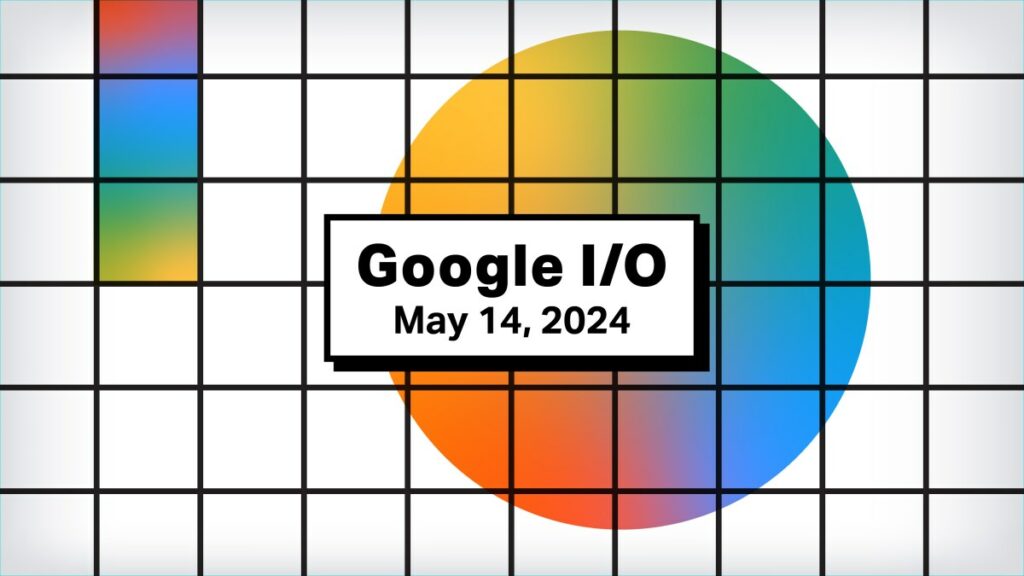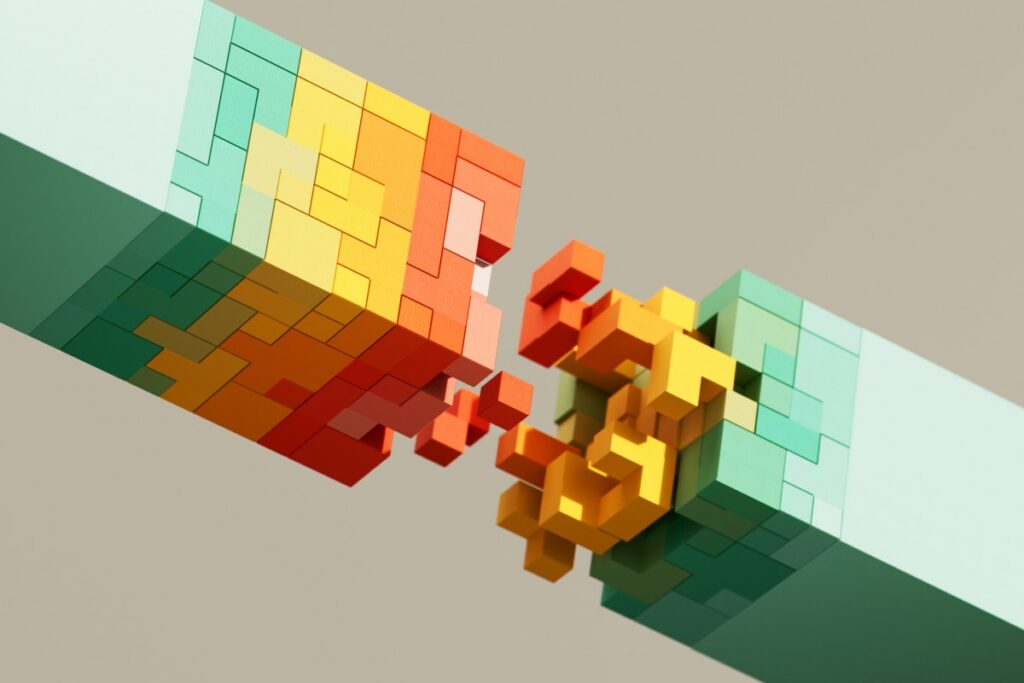Developer season has officially commenced, and we’re just one day away from Google I/O 2024. The short answer to the question of what to expect is two letters: AI. Google I/O? More like Google A/I. There’s been an element of artificial intelligence/machine learning in almost every Google announcement for the past several years, but this time, you’re going to be sick of the subject by the time CEO Sundar Pichai leaves the stage.
Things kick off on May 14 at 10 a.m. PT. That’s the big keynote — the one you think of when you think about the event. “Discover how we’re furthering our mission to organize the world’s information and make it universally accessible and useful,” Google says. It’s the keynote that famously once involved skydivers shilling a breakthrough piece of augmented reality called Google Glass that we all wear every day.
A few hours later, at 1:30 p.m. PT is the Developer keynote. Google describes that one like this: “Learn about Google’s newest developer tools and discover how they fuel innovation and enhance your productivity.” Might be a bit wonky, especially if you have no development skills to speak of.
For the sake of this article, we’re going to be focused on the former.

New Pixel devices likely won’t be present at the event, however. Unlike past years when the company gave over some stage time to a new handset, Google spoiled the surprise, revealing the Pixel 8a earlier this week. It was a curious decision, especially given that the budget device officially starts shipping the day of the keynote.
While the Pixel Fold was a star of last year’s I/O, the current round of rumors suggest that the foldable is about to undergo a major rebrand. Rather than Pixel Fold 2, we will reportedly be getting the far more unwieldy Pixel 9 Pro Fold. It’s the kind of overlong name you need a fold-out screen to appreciate. That branding would likely find the device being announced in the fall, along with the other Pixel 9s.

Will there be any hardware at all? Perhaps we’ll see an update on some previous concepts. For instance, what ever happened to those translation glasses? Or how about Project Starline? I got a demo of the slick experimental teleconferencing system at last year’s event, but things seem to have gone silent in the intervening 12 months.
The Nest line has been neglected for a while now. Perhaps Google has backed away from the smart home business as it has begun to cool. Or maybe the company is ramping up for something new. Something we would love to hear about at the presser is what Google Gemini’s arrival means for Google Assistant. Is the former outright replacing the latter? Can they peacefully coexist?

Whether Google broaches the Assistant conversation, I can say with certainty that Gemini will be center stage. The company has a lot riding on its generative AI platform. It will need to demonstrate that it has surpassed chief competitors like OpenAI’s GPT and Microsoft Copilot. It’s plausible that we could see a wholly new version of Gemini next week. We’ll also see the platform more deeply integrated into services like Maps and Chrome, as well as Android.
A developer preview of Android 15 reared its head last month. Google could well offer a deeper dive into its next mobile operating system. Expect to see some key new features for the OS, which is set to feature deep Gemini integration.
We’ll no doubt be getting previews of new versions of Google’s other platforms, including Wear OS, Android TV and Android Auto. More AI developer tools will almost certainly be on the docket for the event, as well.
Maybe we’ll even get another cameo appearance from our friends in the protest plane. Things kick off at 10 a.m. PT. You can stream the event here and stay tuned to TechCrunch for news as it drops.



